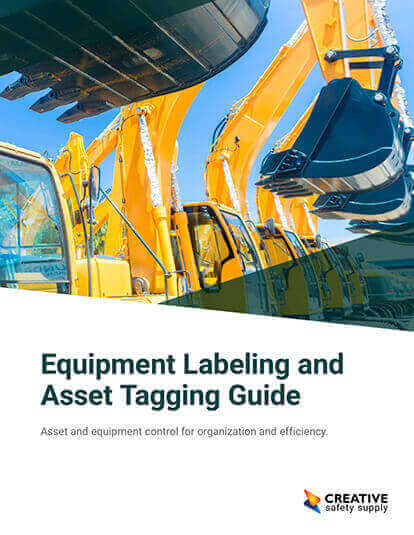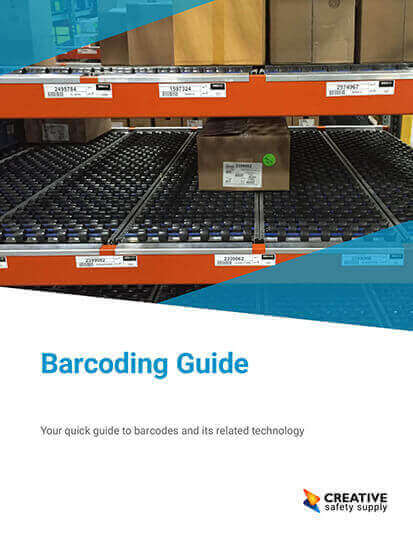
Unique identification is classified as a set of characters or numbers that belong to a single item. Usually autogenerated, UIDs can be used for anything that needs to be distinguished from other objects. There are numerous forms that a UID can take, for example:
- A Uniform Resource Locator, also known as a URL, is a unique identifier that allows for internet users to find specific webpages.
- A Bank Identifier Code, also known as BIC, is a unique identifier used at individual financial institutions.
- A Global Unique Identifier, also known as GUID, is used to create a unique identity for Microsoft related documents.
- A Service Set Identifier, also known as SSID, is a ten-digit number required for all health care providers.
Unique identifiers can also come in the form of serial numbers for products. With that being said, UIDs are used frequently in industrial environments to keep track of assets, whether they be tangible or intangible fixed assets or products. UIDs allow for users to identify an item’s origins that may have cause a defect, malfunction, or other production/consumer issue.
Labeling an object with a UID for industrial purposes can often come in the form of an adhesive label, metal plate, asset tag, etc. By fixing it onto products, unique identification becomes an important aspect for both maintenance and upkeep.
In government facilities, there are other acronyms that can be used for unique identifiers. Those include:
- Item Unique Identification, or IUID. The Department of Defense use this version of a UID to maintain, track, and lend out government property. Having all this information in one place is also helpful for accessibility purposes.
- Unique Item Identifier, or UII, usually comes in the form of barcodes that are computer readable. These help the users track items throughout their entire lifecycle.
Overall, UIDs are an important aspect of keeping track of what a company, institution, or individual has in regard to assets and resources.
Similar Glossary Terms
- Asset Tag
- Asset Management
- Asset Tracking
- Fixed Asset
- Asset Life Cycle
- Software Development Life Cycle (SDLC)
- CAS Number
- RFID
- Authority Having Jurisdiction (AHJ)


